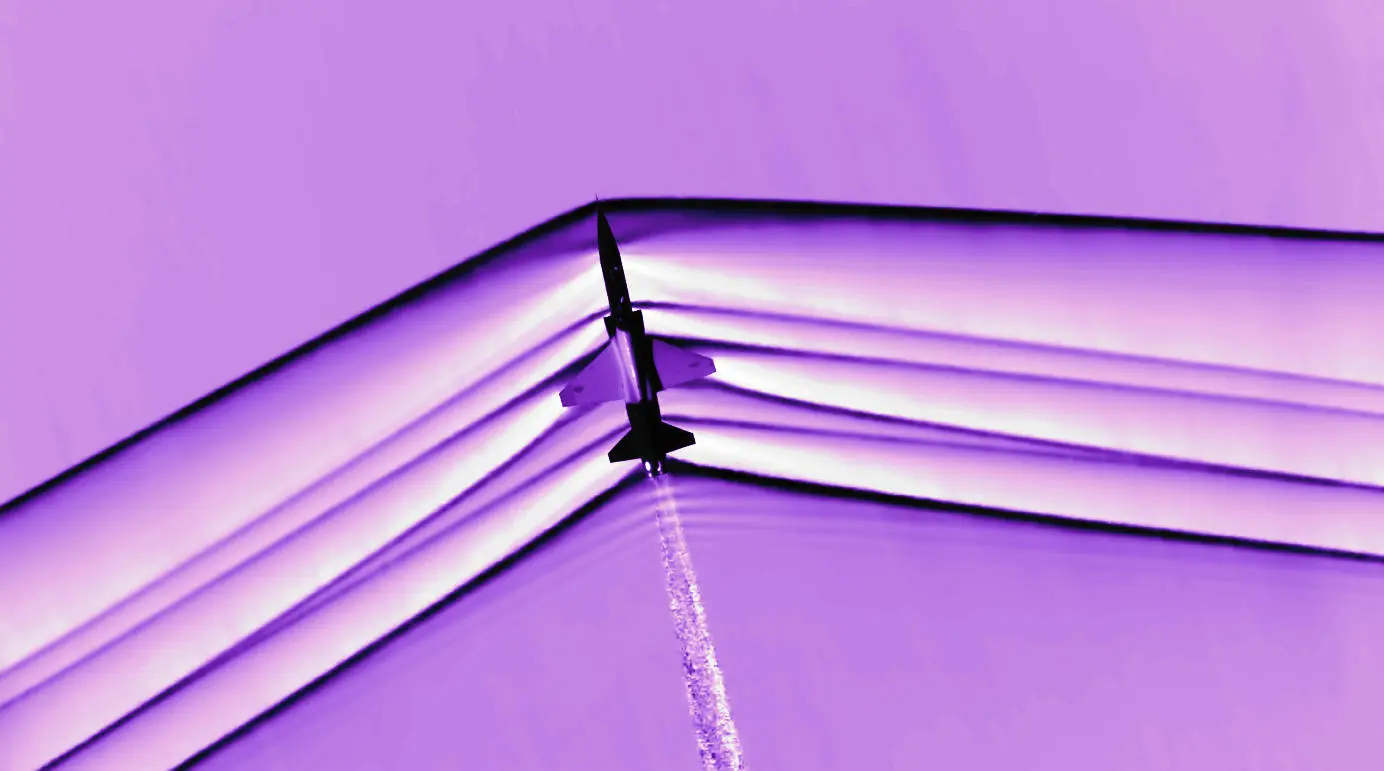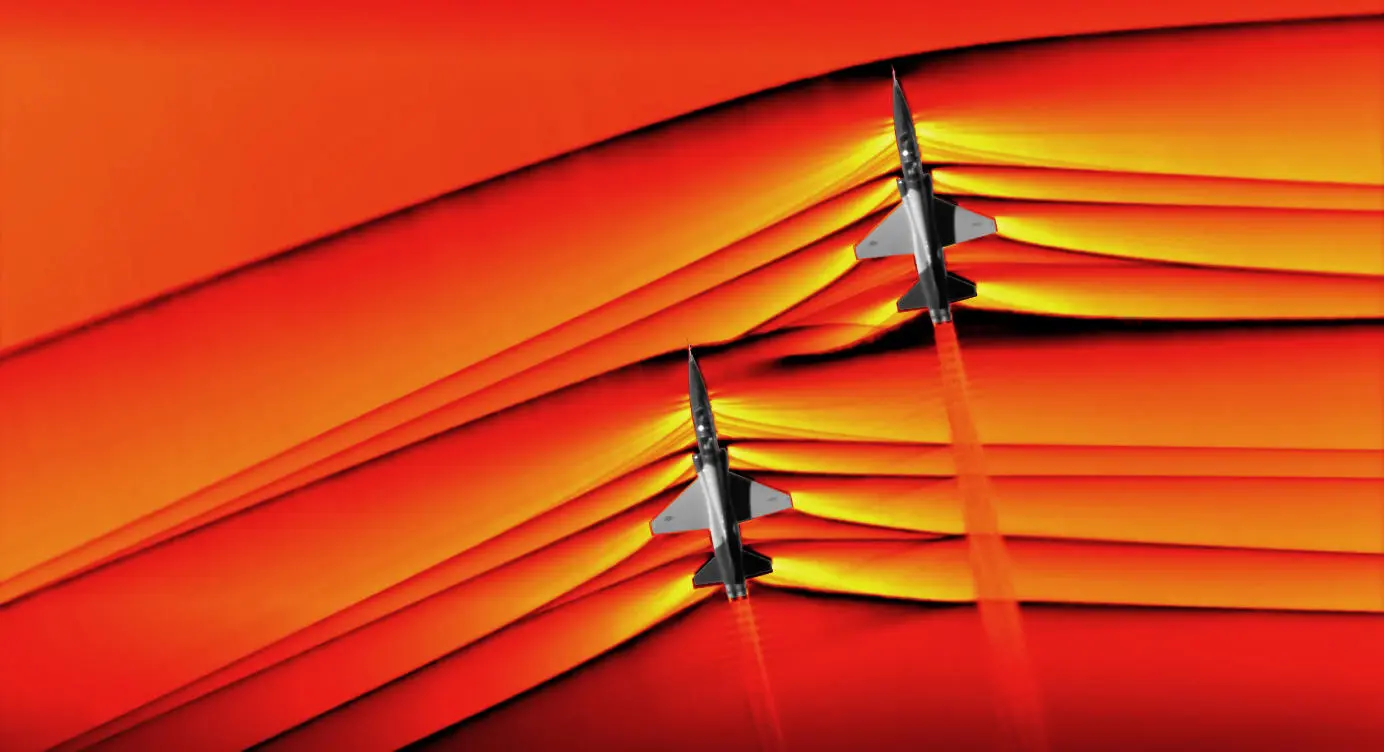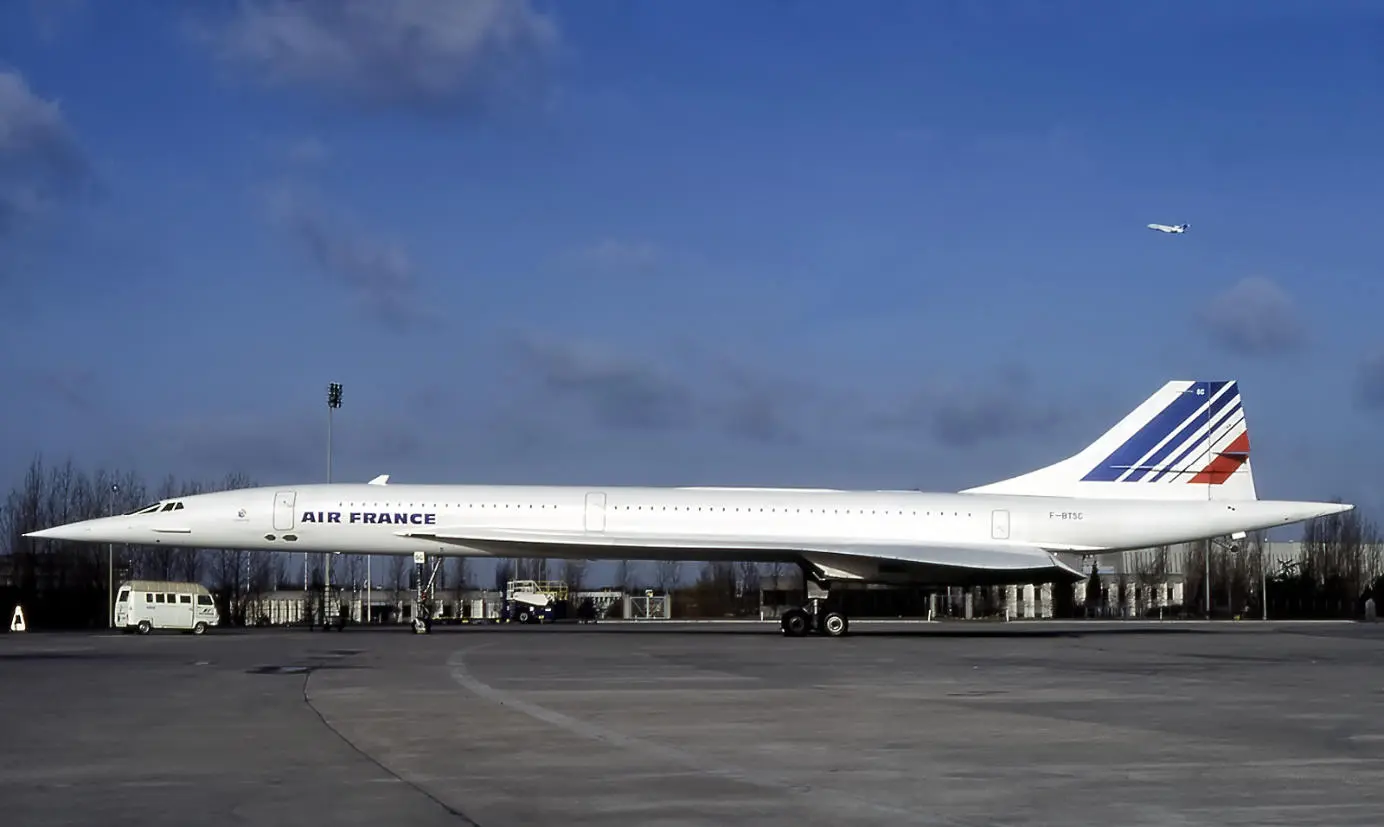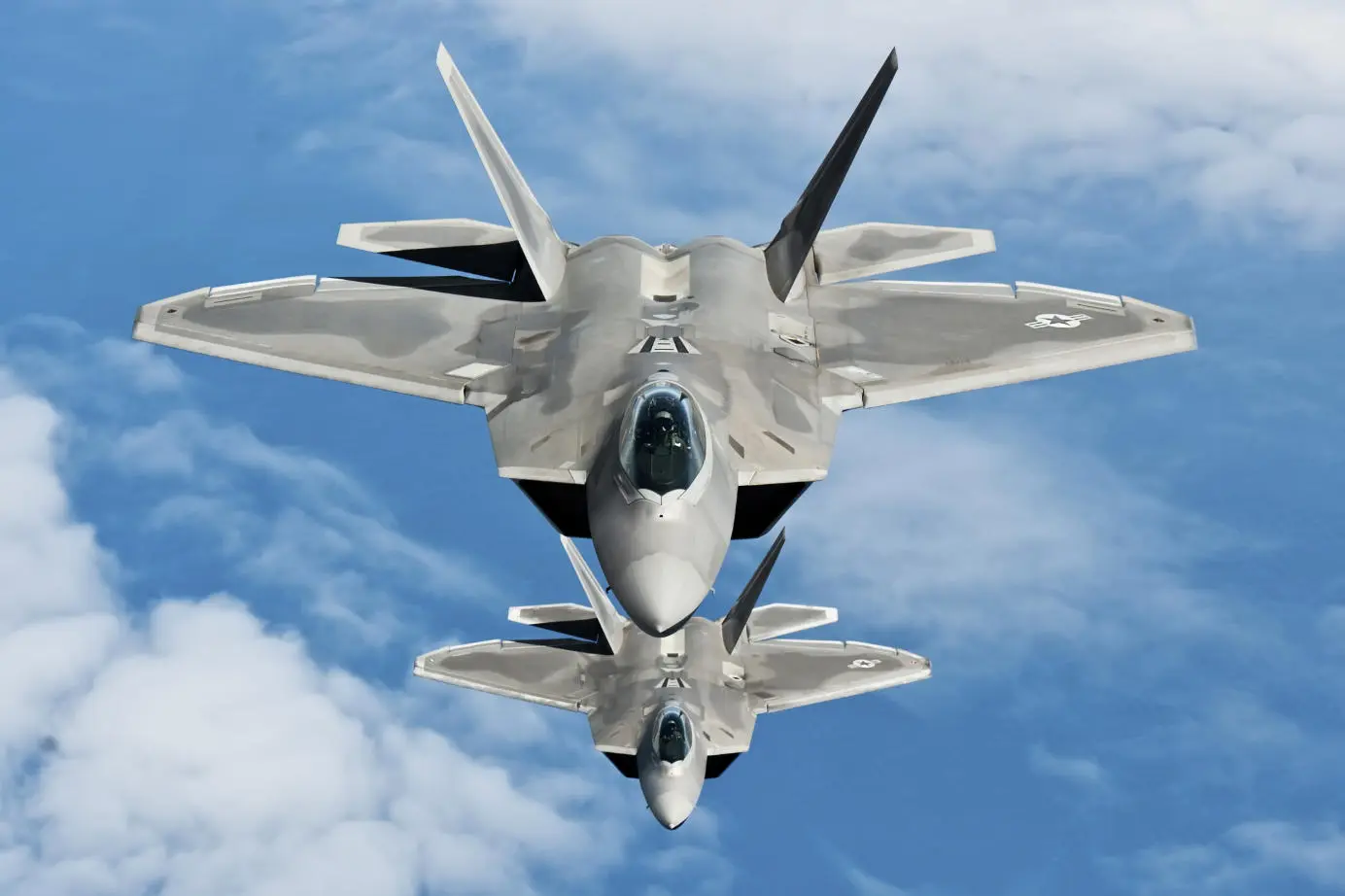
The Challenges of Supersonic Flight
Supersonic flight presents several challenges, including sonic booms, fuel efficiency, heat generation, and environmental concerns. Learn about the obstacles and potential solutions for achieving supersonic travel.
Table of Contents
Imagine traveling from New York to London in just a little over three hours. The concept of supersonic flight has captivated the imagination of travelers and aviation enthusiasts for decades.
However, unlocking the full potential of supersonic flight comes with its fair share of challenges. In this article, we delve into the sonic puzzle, exploring the complexities and obstacles that engineers need to overcome to make supersonic travel a reality.
One of the key challenges of supersonic flight is the aerodynamic design. Designing an aircraft that can efficiently and safely fly at supersonic speeds is essential. The shape of the aircraft's wings, airframe, and overall configuration must be carefully optimized to minimize drag, reduce sonic booms, and maintain stability and control during supersonic flight.
Another challenge lies in the development of efficient propulsion systems. Traditional jet engines struggle to provide the necessary thrust and efficiency for sustained supersonic flight. Engineers and scientists are constantly exploring new technologies to overcome this hurdle.
Additionally, there are regulatory and certification challenges, as well as economic considerations, that come into play when it comes to commercializing supersonic flight. Understanding and addressing these hurdles is crucial for unlocking the full potential of supersonic travel and revolutionizing how we journey across the globe.
The physics behind supersonic flight
To better understand the challenges of supersonic flight, we should take a short physics lesson.
Supersonic flight refers to flight at speeds faster than Mach 1, which is the speed of sound. This speed depends on the air temperature and humidity. For an aircraft in dry air at 20 °C (68 °F) at sea level, Mach 1 (the speed of sound) is approximately 768 mph (1,236 km/h). Air temperature and chemical composition of the atmosphere changes with altitude, and so does the speed of sound.
An essential concept of supersonic flight is shockwaves. As an aircraft flies, it pushes air out of its way. This creates sound waves (also called air pressure waves). These sound waves move away from the aircraft in all directions at the speed of sound. As the aircraft speeds up to supersonic speeds, the sound waves begins to pile up ahead of the aircraft and compresses, forming shockwaves, which is characterized as a sudden increase in pressure and temperature.
These shockwaves significantly impact the aircraft. When the shockwaves form around the protruding surfaces (such as the nose and wings) on the aircraft, the rapid increase in pressure causes a sudden increase in drag and a decrease in lift, affecting the aircraft's performance.

Additionally, the shockwaves are also the culprit of the infamous sonic booms. This loud noise is a result of the rapid air pressure increase that constitutes the shockwaves. The sonic boom is one of the reasons why supersonic flight over land is generally restricted due to the disturbance it causes on the ground.
Engineers minimize the shockwaves's negative effects by designing the aircraft in certain ways. For example, the wings of supersonic aircraft are usually swept back more than commercial airliners. That helps to delay the onset of shockwaves and reduce the drag caused by them. Generally, a more streamlined airframe minimizes drag from shockwaves.
In summary, the physics of supersonic flight involves the formation of shockwaves, which result in increased drag, decreased lift, and the generation of sonic booms. Understanding and managing these effects are crucial in designing supersonic aircraft that can efficiently and safely travel at speeds beyond the speed of sound.
The challenges of supersonic flight
With the physics in place, we can now take a deeper look into the challenges of supersonic flight. While many factors of supersonic challenges are intertwined, we have grouped them into the following categories:
Aerodynamic design
Developing an aircraft that can achieve supersonic speeds without sacrificing stability, maneuverability, and efficiency is a major challenge. The aerodynamic shape of the aircraft, including the wings, must be designed to reduce drag and avoid issues such as instability and the sonic boom.
Engineers face several challenges in terms of aerodynamics, and each factor requires careful consideration:
Wave drag. As mentioned, when an aircraft exceeds the speed of sound, it generates shockwaves along its surfaces due to the compression of air. These shockwaves cause a sudden increase in drag known as wave drag which affects the aircrafts ability to push itself through the air efficiently. Therefore, minimizing wave drag is crucial to achieve efficient supersonic flight.
Aerodynamic heating. At supersonic speeds, the friction between the aircraft's surface and the surrounding air generates significant amounts of heat. This can lead to structural integrity issues, material degradation, and thermal stresses. Designing aircraft that can withstand and dissipate this intense heat is a major challenge.
Unsteady flow. Unsteady flow in supersonic flight refers to the dynamic changes and fluctuations in airflow that occur when an aircraft is flying at a speed greater than the speed of sound. The unsteady flow behavior arises from the interaction of the shockwaves with the aircraft and its surroundings. When the shock waves encounter the aircraft structure, such as the wings or tail, they produce changes in the airflow patterns and pressure distribution. A number of phenomena encountered during supersonic flight, like buffeting, drag fluctuations, and variations in control surface effectiveness, can be attributed to unstable airflow.
Sonic boom. When an aircraft exceeds the speed of sound, it generates a loud sonic boom due to the sudden pressure change in the air. This poses a significant challenge due to the potential disturbance caused to people and structures on the ground. Designing aircraft with reduced sonic boom levels is critical for supersonic flight to be viable over land.
Control and maneuverability. Supersonic aircraft require precise control and maneuverability, as the aerodynamic forces acting on the aircraft change dramatically at high speeds. Maintaining stability and control authority in supersonic regimes (considering the formation of shockwaves and the unsteady flow) requires advanced control systems, enhanced stability measures, and optimized control surfaces. Moreover, the aircraft should be perfectly able to fly stable in both low speeds (while taking off and landing) and at supersonic speeds. That introduces a whole new set of complex demands for the aerodynamic design.

Fuel efficiency. Flying supersonic consumes significantly more fuel compared to subsonic flight due to the increased drag and higher power demands. The increasing attention on the aviation industry's role in climate change further highlights the importance of fuel efficiency. Designing aerodynamically efficient aircraft, managing and reducing drag, while optimizing propulsion systems are critical for improving fuel efficiency in supersonic flight.
Material limitations
There are several key challenges in terms of material limitations for supersonic flight. These challenges arise due to the extreme conditions experienced by the aircraft during supersonic flight. Some of the main challenges include:
Heat resistance. Supersonic flight generates a significant amount of heat due to air compression and friction. This heat can cause the temperature of the aircraft structure to rise to very high levels and potential material failure. Materials need to be able to withstand these high temperatures without degradation or loss of structural integrity. Special heat-resistant materials (like titanium on the Lockheed SR-71 Blackbird) and thermal protection systems are required to counteract the heat-related effects.
Structural strength. Supersonic flight can place considerable stress on the aircraft structure due to high speeds, heat, and the generation of powerful shockwaves. Materials must possess sufficient strength and stiffness to withstand these dynamic loads and avoid structural failure - across all stages of the flight.
Fatigue and wear. Closely related to heat generation and structural strength is the aircraft material's ability to stay in good shape. The high dynamic loads related to supersonic flight can cause fatigue and wear on materials. This also applies to subsonic aircraft, but supersonic aircraft experiences more loads because of the aerodynamic forces. Materials with high fatigue resistance are crucial for maintaining structural integrity.
Regulation and policies
The main challenges to supersonic flight in terms of regulation and policies include:
Noise. One of the major challenges to supersonic flight is the sonic booms caused by aircraft flying supersonic. Sonic booms are loud and disruptive, often leading to restrictions on overland supersonic flight due to concerns about noise pollution and potential damage to buildings. Balancing the need for supersonic travel with minimizing the impact of sonic booms is a significant regulatory challenge. Supersonic flight is typically restricted to flying over water, limiting its practicality for various routes.
Emissions. Supersonic aircraft typically consume more fuel and produce more emissions per passenger-mile compared to subsonic aircraft. This is another major challenge of supersonic flight as the aviation industry is emphasizing environmental sustainability and addressing concerns about increased carbon emissions and their impact on climate change.
Cost
Development. Designing and building supersonic aircraft is expensive due to the advanced technologies involved and the extreme conditions the aircraft must endure. The development of efficient engines, aerodynamic designs, structural materials, and other systems that can withstand the stresses of supersonic flight adds significantly to the costs.

Fuel consumption. Supersonic aircraft require significant amounts of fuel to maintain supersonic speeds. Fuel consumption at supersonic speeds is much higher compared to subsonic speeds, leading to increased operating costs.
Maintenance. Because of the more complex designs, more powerful engines, and demanding aerodynamic features, supersonic aircraft could need more maintenance, often by more specialized workers. This adds to overall running costs.
How engineers overcome the challenges of supersonic flight
It is clear that supersonic flight comes with several challenges and problems. But that doesn't mean it's impossible. Military fighter jets are more than capable of flying at the speed of sound, and faster, because they need to be able to respond and react to threats quickly. In terms of commercial transport, the famous Concorde was a clear example that supersonic passenger service was possible.
With modern technology, engineers can overcome (or work around) many of the problems that arise when you are flying faster than the speed of sound. Here are some key approaches and solutions used by engineers:
One of the greatest challenges is the aerodynamics of supersonic flight. At these high speeds, shockwaves form due to the compression of air molecules. These shockwaves generate intense drag and can cause instability in the airplane. Engineers utilize advanced computational fluid dynamics (CFD) software to simulate the flow of air around the aircraft, optimizing its shape and minimizing drag. The designs are then validated through rigorous testing. By carefully designing the wings, fuselage, and other surfaces, engineers can reduce the impact of shockwaves and improve overall aerodynamic performance.
Another major issue is the engines. Engines used for supersonic flight, particularly afterburning turbojets or supersonic combustion ramjets (scramjets), must operate efficiently in high-speed regimes. These engines should provide sufficient thrust while consuming fuel at reasonable rates. Engineers incorporate advanced turbine technologies, more efficient fuel injection systems, and innovative cooling mechanisms. Advancements in materials and alloys also play a greater role here.
Structural integrity is important for all aircraft especially for the supersonic ones. The immense pressures and temperatures experienced during supersonic flight place immense stress on the aircraft's structure. Engineers employ materials with exceptional strength-to-weight ratios, like carbon composites and lightweight alloys, to ensure the airframe's structural integrity. They also design effective cooling systems to prevent excessive heating caused by air friction, using techniques such as fuel cooling, thermal protection coatings or even making the aircraft's skin out of special heat resistant materials.
Sonic booms are another major challenge. They occur when an aircraft surpasses the speed of sound, resulting in a rapid pressure change that creates a loud noise. The loudness and potential structural damage caused by sonic booms have limited supersonic flights over populated areas. Engineers are developing methods for reducing the intensity of sonic booms, such as utilizing modified aircraft designs and exploring potential technologies like low-boom supersonic aircraft. An example is the Lockheed Martin X-59 Quesst experimental aircraft that aims to reduce the volume of the sonic booms and prove the possibility of supersonic air travel.

Overall, engineers concentrate on several areas such as advanced aerodynamics using CFD software, thorough testing, employing new materials and composites, engine development and sonic boom mitigation to overcome the challenges associated with supersonic flight. Their ongoing efforts aim to make supersonic travel safer, more efficient, environmentally friendly, and economically viable for the future.
Conclusion
Supersonic flight holds potential in revolutionizing air travel, but it comes with its fair share of challenges. From the sonic boom to regulatory hurdles, there are various factors that need to be addressed to make supersonic travel a reality again.
However, with ongoing research and advancements in technology, we are getting closer to enabling the full potential of supersonic flight. As we navigate these challenges, and with the emergence of companies researching supersonic flight, the day when we can travel at supersonic speeds may not be too far away.
Also read:
Planenerd Newsletter
Join the newsletter to receive the latest updates in your inbox.






